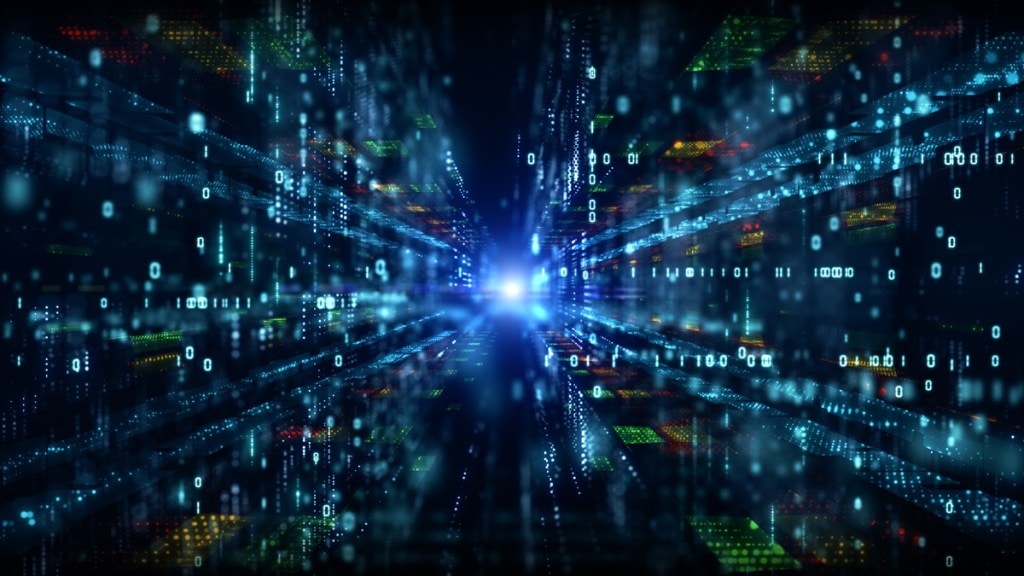As the US and India — the two democracies align their technological goals and strategic priorities, their shared vision is not only transforming their bilateral ties but also reshaping the global landscape.
The Beginnings of an Unlikely Alliance
The US-India relationship was not always as collaborative as it is today. Following India’s nuclear tests in May 1998, the United States responded with sanctions, reflecting long-standing concerns over nuclear proliferation. Diplomatic exchanges between then-US Deputy Secretary of State Strobe Talbott and Indian Foreign Minister Jaswant Singh in the late 1990s sought to manage and gradually resolve nuclear tensions, building a foundation of cautious trust. Through these conversations, the US recognised the need to accommodate India’s regional security concerns, while India began to see the United States as a partner in its ascent on the global stage.
The breakthrough came in 2008 with the US-India Civil Nuclear Agreement, a landmark deal that paved the way for strategic cooperation across multiple sectors. The agreement not only marked India’s acceptance into the global nuclear order but also shifted US-India relations from one of mutual suspicion to mutual respect and collaboration.
The Pivot to Technology: Birth of iCET
In recent years, this shift has crystallised in the US-India Initiative on Critical and Emerging Technology (iCET). The iCET, launched in early 2023, represents a new phase in bilateral relations by focusing on advanced technology areas, including AI, quantum computing, and advanced materials. This initiative underscores both nations’ recognition that emerging technologies will define the global balance of power in the years ahead.
The iCET recently awarded over $2 million in grants to 17 US-India joint research projects targeting AI and quantum technologies for societal benefit. Projects funded under this grant, administered by the Indo-US Science and Technology Forum (IUSSTF), range from AI-assisted cancer detection to the development of scalable quantum components. This focus on leveraging cutting-edge research for public welfare reflects a broader shift towards tech diplomacy, where cooperation in science and technology is seen as a force for both social good and geopolitical strategy.
Expanding the Technological Frontier: Advanced Materials and Critical Minerals
Alongside AI and quantum, the US and India are also deepening their collaboration in advanced materials and critical minerals—sectors vital for securing sustainable, resilient supply chains in a multipolar world. This year, the US committed an additional $1 million to expand joint research in these areas, recognising India’s potential as a crucial partner in diversifying global supply chains. With India rich in several critical minerals and the U.S. possessing advanced mining and processing technologies, this partnership aims to secure the supply of essential materials while fostering innovation.
Strategic Alignment in a Multipolar World
The alignment in US-India tech diplomacy comes at a time of complex geopolitical shifts, particularly with the rise of China. Both the US and India are wary of China’s ambitions in the Indo-Pacific region and its dominance in technology fields like AI, quantum, and advanced manufacturing. Through joint initiatives like iCET, the US and India are not only addressing these strategic concerns but also building a tech ecosystem that offers an alternative to China’s approach. Their collaboration has become emblematic of a new type of partnership that prioritises open, democratic governance of technology, counterbalancing China’s state-driven model.
This alignment has been strengthened by recent remarks from leaders on both sides. US Ambassador Eric Garcetti highlighted the cultural synergies, stating, “The Indian dream is the flip side of the American dream, and vice versa.” Meanwhile, Dr Seth Center, Acting Special Envoy for Critical and Emerging Technologies at the US Department of State, reinforced that the partnership is key to “shaping the future of these and other emerging technologies so we collectively remain at the leading edge of innovation.”
From Cold War Mistrust to Shared Tech Goals
This pivot to technology diplomacy also signifies a shift away from the Cold War-era mistrust that once defined US-India relations. Historically, India’s commitment to non-alignment and the US’s reliance on alliances led to cautious engagement at best. But today, the two countries are bonded by shared democratic values and a mutual interest in preserving a rules-based international order. The technological focus of their partnership reflects a pragmatic acknowledgement that in a world where technological prowess dictates influence, only those who innovate will remain secure.
The iCET programme, along with initiatives under the IUSSTF, has enabled U.S. and Indian institutions—universities, national labs, and private enterprises—to collaborate on high-stakes research. Notable past projects include the U.S.-India AI Initiative and the Joint Center for Secure and Resilient Quantum Optical Networks, which laid the groundwork for today’s partnerships in AI and quantum.
The Road Ahead: From AI to Climate Tech and Beyond
While AI, quantum, and critical materials currently dominate the US-India tech agenda, the potential for broader collaboration remains vast. As climate change threatens global stability, clean technology and climate innovation are emerging as key areas of interest. India’s ambitious renewable energy goals and the US’s technological expertise present a unique opportunity for joint projects in areas such as carbon capture, battery storage, and sustainable agriculture.
Moreover, the two nations are exploring collaborations in cybersecurity, space exploration, and biotech—sectors that could redefine global standards if led by democratic partners. India’s expanding tech industry and large talent pool align well with the US’s cutting-edge research institutions, making both countries ideal collaborators in these fields.
A Partnership of the 21st Century
The journey from nuclear diplomacy to tech diplomacy encapsulates the transformation of US-India relations from a transactional engagement to a deeply strategic partnership. This evolution highlights not only the resilience of the relationship but also its adaptability to the changing global landscape. The US and India now see each other not just as partners, but as co-architects of a future where technology serves as a force for good, democratises innovation, and safeguards the principles of freedom and security.
As global technological competition intensifies, the US-India partnership stands as a testament to what two democracies can achieve when united by a vision of inclusive, equitable growth. If the 20th century was defined by arms races and strategic alliances, the 21st century may well be defined by tech diplomacy. In this new paradigm, the US and India are well-positioned to lead, not only for their mutual benefit but for the stability and prosperity of the world.








